Every Star Trek Discovery Easter egg and hidden reference you might have missed
Impress your friends with every Star Trek Discovery Easter egg from season 2 so far
Daystrom Institute

This Starfleet scientific facility, first introduced in the original series episode The Ultimate Computer, gets a brief shout out from Cadet Tilly. Founded by Dr Richard Daystrom it will prove to be a valuable Federation resource and notable figures like Dr Leah Brahms - a recurring character in The Next Generation - have ties to it.
In this scene Stamets is also comparing Tardigrade and Zaldan DNA. These humanoid aliens look much like us, but have webbed hands, and are introduced in The Next Generation’s Coming of Age.
Mirror, mirror
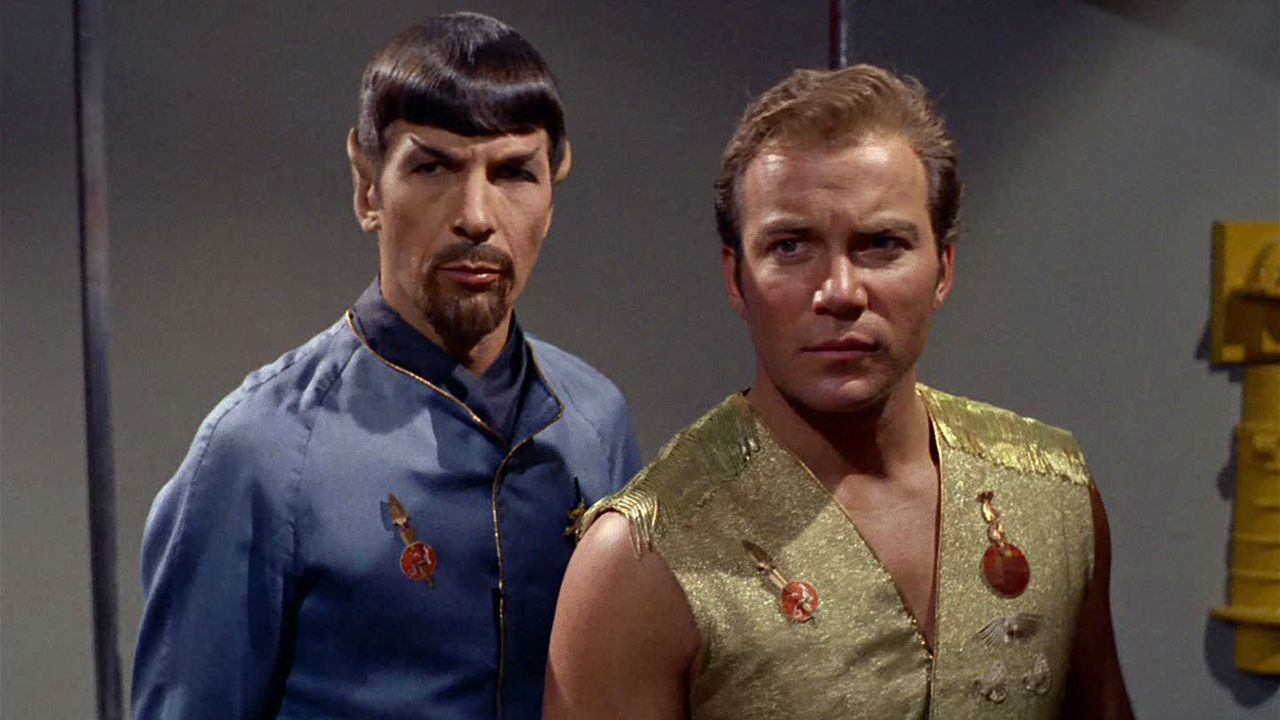
The episode ends with a sinister tease. After Stamets and Culber have brushed their teeth, they walk away together - and yet Stamets’ image remains in the mirror. Is this a heavy hint that Discovery is going to be venturing to the mirror universe soon?
First introduced in the original series’ episode Mirror, Mirror, this parallel dimension is a dark reflection of our own. Here, the Federation is the Terran Empire - a cruel, fascist regime where Spock has a pointy beard and Sulu is a leery creep. Mirror Spock eventually comes around to Kirk and co’s more benign point of view and, off-screen, begins to reform the Empire. By the 24th century, however, things haven’t much improved - the Empire has fallen, crushed by a brutal Klingon-Cardassian alliance.
The mirror universe has proven irresistible for Trek writers since, featuring in several episodes of Deep Space 9 and two instalments of Enterprise - plus Susan Wright’s two Dark Passions novels, which uses the mirror conceit as a backdrop for backstabbing intrigue and main characters unexpectedly shagging.
Episode 4
The replicator conundrum
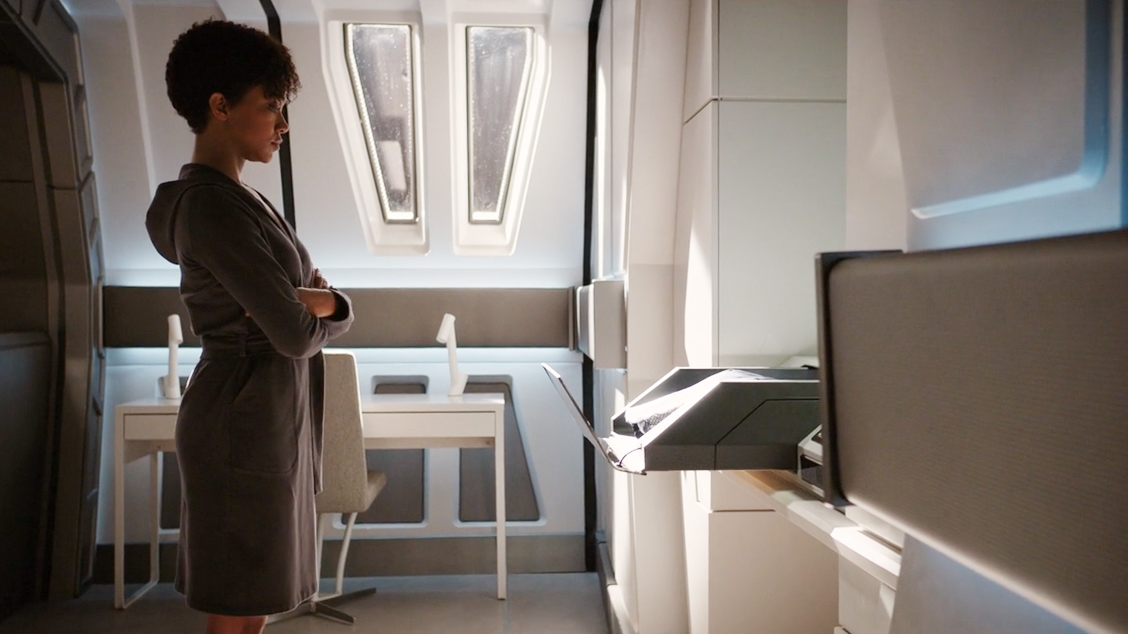
The opening scene shows sparking electricity and what appears to be a hostile alien landscape - before revealing that it is, in fact, Burnham’s fresh new Discovery uniform being created by a replicator.
Replicators are an essential bit of future technology used to create almost anything. They use transporter technology to recombine matter into different configurations - mostly for making whatever food or drink you desire.
Get sneak previews, exclusive competitions and details of special events each month!
Interestingly, though, they’re not in the original series or films - they were invented for The Next Generation. That said, Protein Resequencers - an early form of food replicator - are known to have existed in the 22nd Century, so perhaps the ones on Discovery are just more advanced, possibly even experimental, models - it is a science ship after all.
A planet of Industry
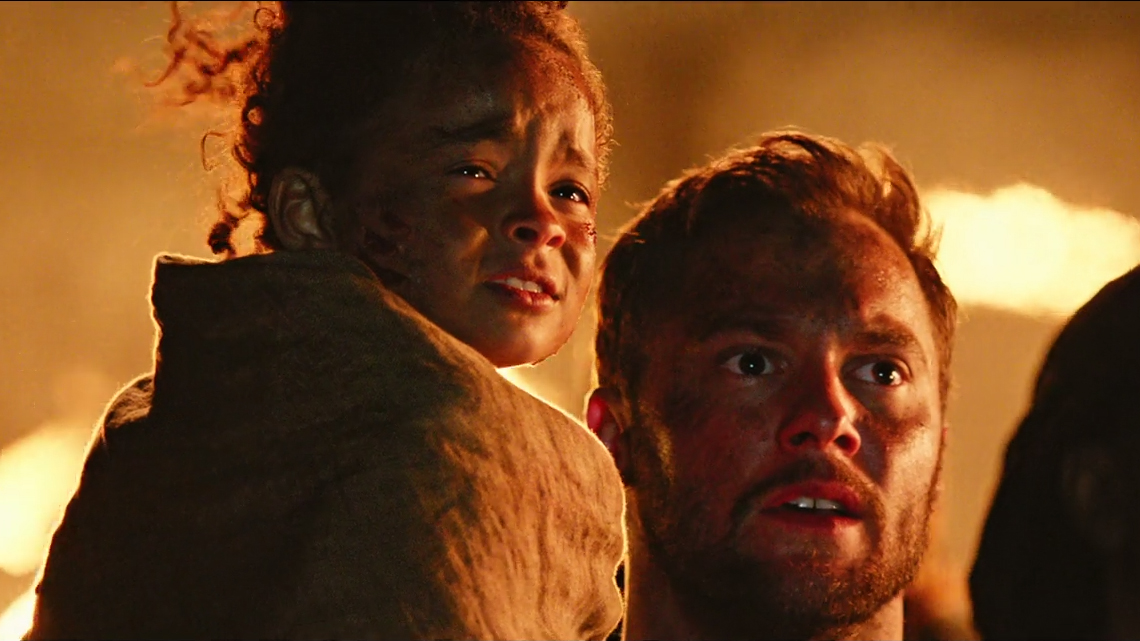
The meat of the episode’s plot involves the Discovery trying to reach Corvan II, a key center of Dilithium production. The Federation planetoid is first mentioned in The Next Generation episode New Ground, where it’s stated that industrial pollution threatened some of the planet’s indigenous animal life. This episode marks our first proper look at it though.
He's talking about farmer Hoggett!
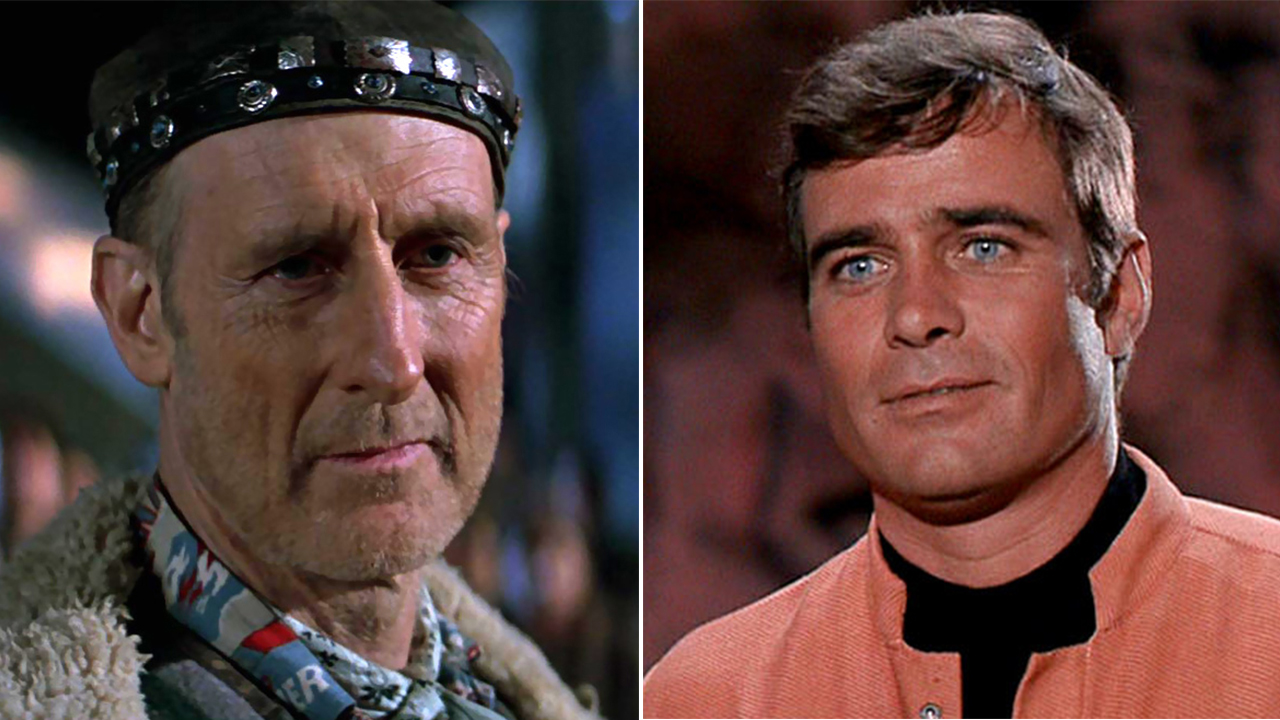
“How do you want to be remembered in history? Alongside the Wright Brothers? Elon Musk? Zefram Cochrane? Or as a failed fungus expert?”
Lorca’s speech to Stamets references several real world pioneers, and one fictional one. Zefram Cochrane is the inventor of the warp drive and the human who makes first contact with an alien race (the Vulcans) in, er, First Contact. In that film he’s played by James Cromwell - Farmer Hoggett in Babe. A humble legend in his own lifetime, Cochrane is arguably the person most responsible for Starfleet’s existence. By the time of Discovery, however, he is missing, presumed dead.
What Starfleet don’t know, but Captain Kirk will discover a few years down the line, is that Cochrane is in fact alive. Marooned on an alien world for 150 years, Cochrane (Glenn Corbett), has been restored to youth by an alien companion and is functionally immortal. The Enterprise is transporting a dying Federation Commissioner, Nancy Hedford, who ends up staying on the planet, merged with the alien. Now mortal again, Cochrane chooses to stay behind and live out the rest of his life with her.
Avian attack
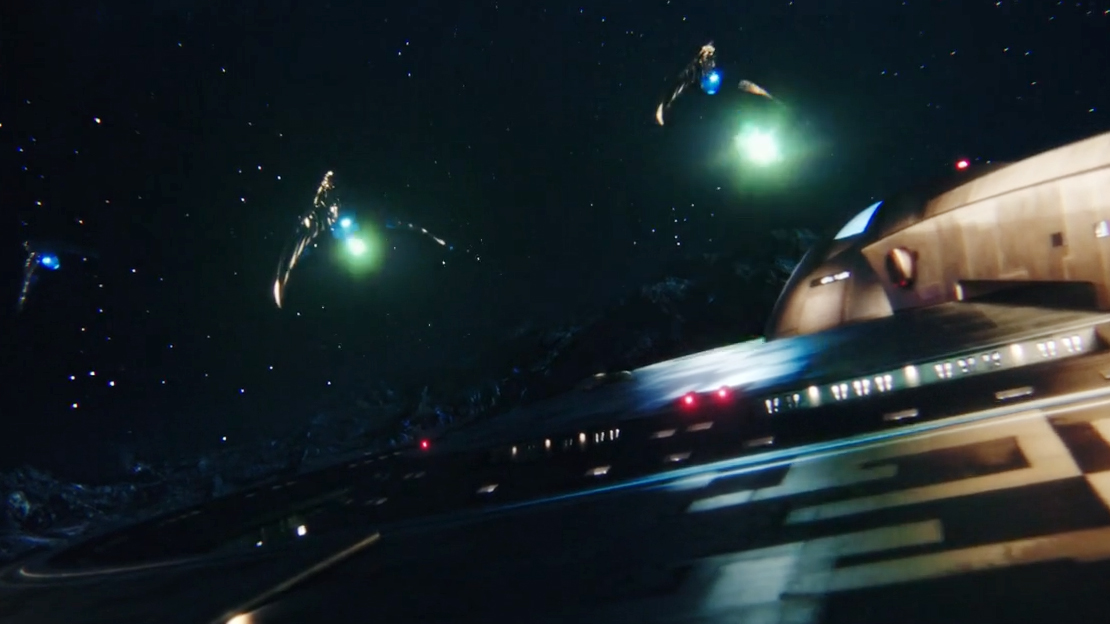
The common name for Klingon warships is spoken for the first time this episode. Birds-of-Prey were introduced in the Star Trek movie series and have featured in every TV show since. The Discovery model is clearly visually very different to the ones that we’re used to, but they’re presumably in the same class of vehicle.
Interestingly, the Klingons are not the first to call their warships this. In the original series, the Romulans used the same name for their vessels - and even decorated them with a large flying bird design on their undersides.
Off to Klingon Valhalla!

The ominously-named Black Fleet is part of the Klingon’s idea of an afterlife. A Klingon who dies an honourable death in battle is said to serve on, or command, a ship in the Black Fleet, waging endless war in the afterlife. Klingons are such edgelords.
A little surprisingly, the Black Fleet concept doesn’t originate in the TV show. It was introduced in an original series novel - The Final Reflection, by John M Ford. Discovery is the first time it’s been fleshed out on screen.
Episode 3
Tellun stories

Right at the start of the episode, one of the convicts that’s travelling in the shuttle with Burnham states that they are being transferred to Tellun. That’s not a single planet - it’s a star system on the Klingon-Federation border, with two inhabited planets: Elas and Troyius. It’s notable to fans, as it was first seen in the original series episode, Elaan of Troyius.
The same blabbermouth also refers to a dilithium explosion - dilithium being the element used to control the warp drive systems in starships. Plus our old pals the Andorians get another shout out in this scene. What’s the betting they make a personal appearance before the season is up?
Martial arts, Vulcan style
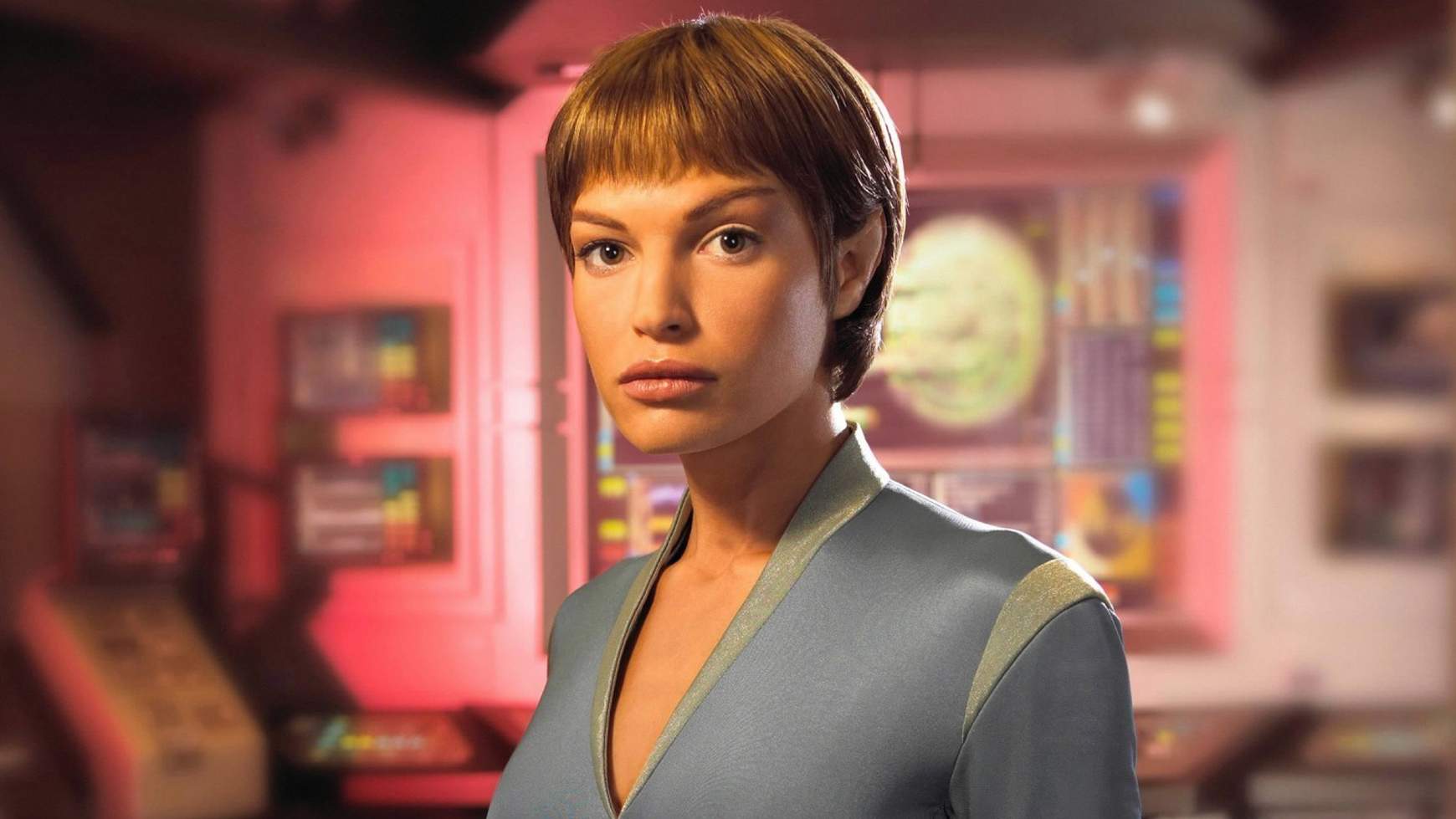
The same group of convicts who were previously quite chatty with Burnham turn on her, giving her the chance to show off her skills in Suus Mahna. This is a form of Vulcan martial arts that T’Pol was also adept in on Enterprise. A scene where Spock demonstrated his mastery of the form was planned for the first JJ Abrams movie, but never filmed. It was named after Mike Sussman, a frequent writer and producer on Voyager and Enterprise.
Great balls of fur

One of the first things that we learn about shady Captain Lorca is that he keeps a pet. The cooing fluffball on his desk is a Tribble, a sweet-natured, but pesky species first seen in the original series’ The Trouble with Tribbles.
There’s something interesting about this particular Tribble, though. They are asexual beings that reproduce extremely rapidly - that’s the trouble with them - and yet Lorca has just one... Given what we discover about biological experiments taking place on the the ship, does that suggest he’s been tinkering with his own pet as part of the war effort?
Continue to Page 13 for more Star Trek Discovery Easter eggs

Will Salmon is the Streaming Editor for GamesRadar+. He has been writing about film, TV, comics, and music for more than 15 years, which is quite a long time if you stop and think about it. At Future he launched the scary movie magazine Horrorville, relaunched Comic Heroes, and has written for every issue of SFX magazine for well over a decade. His music writing has appeared in The Quietus, MOJO, Electronic Sound, Clash, and loads of other places too.


